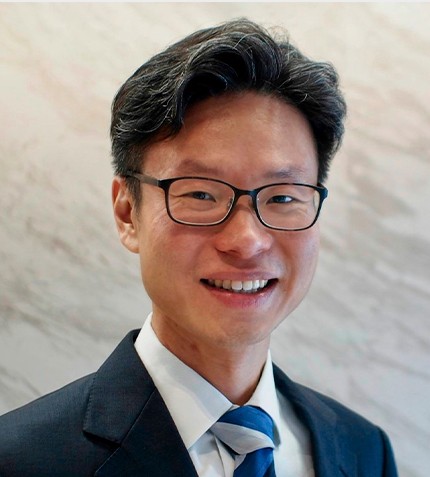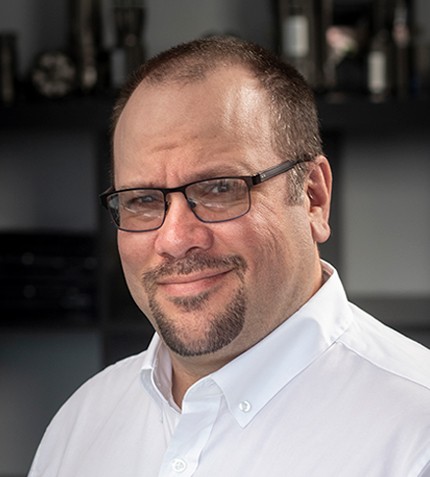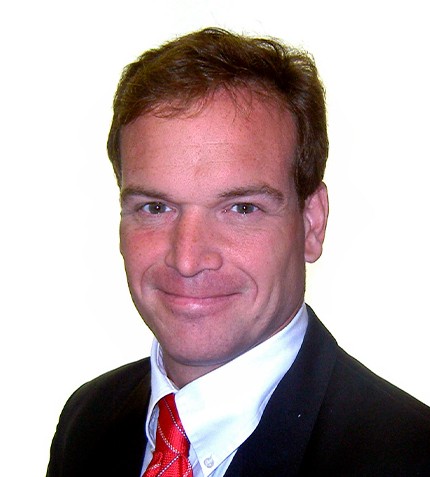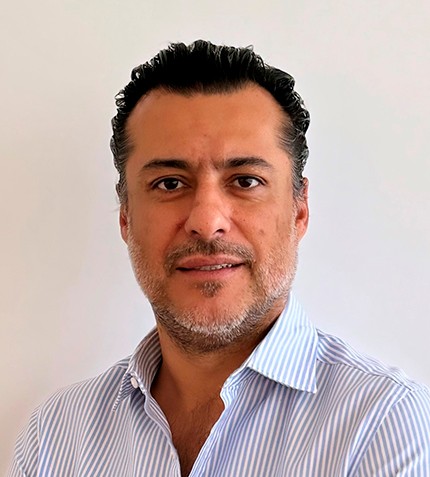
"Moving to a new lower carbon system will not happen overnight and one solution will not meet everyone’s needs. For an orderly and successful energy transition, we need every solution."
Law Tat Win
SINGAPORE COUNTRY CHAIRMAN, CHEVRON
Can you provide an update on recent developments at Chevron?
There have been two key developments for Chevron in Singapore. Firstly, Chevron New Energies (CNE) established its APAC headquarters in Singapore. In 2021, Chevron established CNE focused on lowering the carbon intensity of our existing assets and growing lower carbon businesses. CNE is scaling and commercializing new businesses to meet customers’ lower carbon ambitions through a portfolio of energy solutions that includes carbon capture, utilization, and storage (CCUS); hydrogen; carbon offsets; emerging technologies; and renewable fuels and products. We are also taking action to reduce the carbon intensity of our operations.
Secondly, we have established a Center of Excellence for Advanced Analytics and Data Science, with a team of 10 data scientists in Singapore developing new applications to increase productivity and performance across various regional business units. This is a testament to the capabilities and talent available in Singapore. Both developments are important to ensuring our strategic interests in the region are achieved.
What are some recent partnerships Chevron has made?
At Chevron, we believe hydrogen will play a critical role to lower carbon and is part of the solution where the electrification of demand is not feasible. According to the IEA, hydrogen is expected to be 10% of total energy consumption by 2050. Hydrogen, ammonia, and other derivatives will be produced from a portfolio of supply sources, for global utilization across the transportation, power, and industrial sectors. Chevron is working on developing a portfolio of supply nodes of hydrogen and ammonia in the APAC region to meet market demand.
We have signed an MoU to form a consortium with Keppel Infrastructure, Air Liquide, and PetroChina to develop CCUS solutions and integrated infrastructure specifically for Singapore. Furthermore, we signed a MoU with MOL to explore the feasibility of transporting liquified CO2 from Singapore to permanent storage locations in APAC.
As for maritime, Singapore is a major bunkering hub and will need to reduce the carbon intensity of its maritime transportation sector. Since early 2022, we have completed close to 50 successful biofuels deliveries to shipowners in Singapore. Last year we joined the Global Centre for Maritime Decarbonization (GCMD). This partnership is going well, having delivered biofuel bunkering pilot studies.
How do you foresee the future of Singapore’s energy mix?
Three key factors need to be considered when talking about energy transition/ energy mix: Solutions, scale, and speed. Moving to a new lower carbon system will not happen overnight and one solution will not meet everyone’s needs. For an orderly and successful energy transition, we need every solution.
As technologies mature, new solutions such as sustainable aviation fuel and hydrogen could be implemented in the market, and they will play an increasing role in meeting Singapore’s future energy needs. CCUS coupled with LNG, geothermal, and hydrogen could be just some of the solutions that could help Singapore decarbonize.
The Singapore government is considering a wide array of solutions and is focusing on R&D. With technology's constant advancement, it is important to leave no stone unturned to be ready to explore opportunities, partnerships, and new solutions as soon as they appear.
Do you have a final comment?
This is a good year for Chevron, with Chevron Oronite celebrating its 25th anniversary in Singapore. Chevron Oronite’s plant on Jurong Island remains the largest lubricant additive manufacturing plant in APAC. We have made investments to upgrade the blending capabilities as well as add new components to the facility. Singapore provides a good environment for us to invest in to serve our customers in the wider region. We intend to continue the success we have had with Chevron Oronite.
The energy transition is a topic that continues to gain momentum. I believe partnerships with commercial entities and governments are crucial to our success. We need many partners at the table ready to tackle energy transition across all sectors, markets, and industries. Partnerships are key, particularly in the current geopolitical climate, to keep trade and technology transfer channels open and to enable us to reach our goals.










